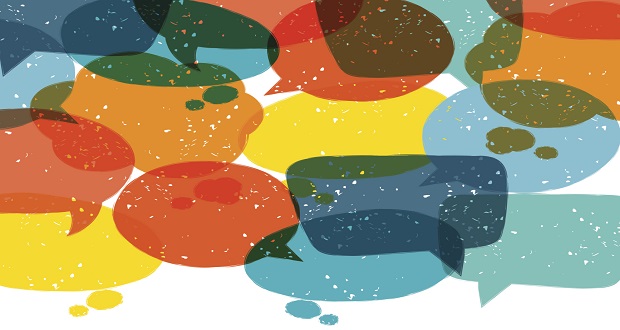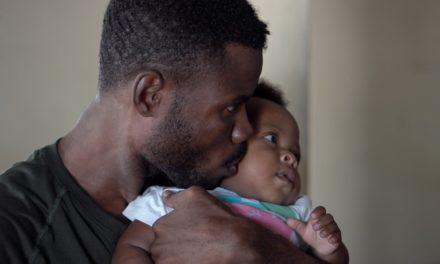
This is a movement, not a moment.
As organizations adapt to and change with the current political climate, with many scrambling to meet the needs of their Black employees and change their cultures to be anti-racist—or at least more inclusive—the role of organizational leaders will be critical in making the long-term systemic changes needed to ensure racial equity and justice. For DEI practitioners, one of the most difficult parts of catalyzing these changes will be engaging and educating leaders in a way that encourages them to become self-reflective, proactive allies. Indeed, in order to make sure this truly becomes a movement, DEI practitioners need to both engage with leaders around what it means to be an ally and push them to model equity- and justice-centered allyship—for that’s how the necessary systemic changes will most effectively and efficiently take hold in our capitalist enterprises.
DEI practitioners need to both engage with leaders around what it means to be an ally and push them to model equity- and justice-centered allyship—for that’s how the necessary systemic changes will most effectively and efficiently… Click To TweetWhen discussing with leaders what it means to be an “ally,” it’s helpful to frame allyship as an action, rather than as a static label. The label “ally” is earned by showing up, repeatedly and unfailingly, to support the liberation of oppressed and marginalized people. It is crucial, then, that leaders know what being an ally looks like in the workplace so they can model allyship day-to-day, and truly lead change in their organizations.
First, Allyship is Informed.
In order to facilitate changes, whether at a systems or interpersonal level, leaders need to have some foundational knowledge of systems of oppression, such as racism in the workplace, race-based police brutality, and erasure of BIPOC identities. Engaging leaders as allies, then, must begin with helping leaders develop a deeper understanding of the issues their colleagues and employees face and the impact of those challenges.
Leaders need to have some foundational knowledge of systems of oppression, such as racism in the workplace, race-based police brutality, and erasure of BIPOC identities. Click To TweetAs Racial Equity Tools states:
Curriculum for allies-to-be should, at a minimum, begin with learning experiences around white privilege, systemic racism, and white supremacy. Click To Tweet Concepts of white privilege, systemic racism, and white supremacy have historically not found their way into DEI conversations in the C-suite, it is vital that we bring them front-and-center now. Click To Tweet“Most racial inequity today is not sustained by overtly racist talk or action, although those certainly exist and should continue to alarm us. Instead, racial inequities have come to be sustained by their own momentum because they are baked into our belief systems and into the places, policies, and practices that shape our daily lives. This has the overall effect of allowing racial disparities to seem fair or ‘natural.’ These dynamics continue to segregate people of color, relegate them to low-paying jobs, and label them as threats to public safety. Change requires conscious interruption of the status quo. This means unpacking and analyzing the effects of seemingly neutral public policies, institutional practices, and beliefs, and reshaping them if they are contributing to inequity.”
Without this fundamental understanding, true allyship is unlikely, and true systemic change is nearly impossible. Therefore, a curriculum for allies-to-be should, at a minimum, begin with learning experiences around white privilege, systemic racism, and white supremacy. While the last two concepts on that list, if not also the first, have historically not found their way into DEI conversations in the C-suite, it is vital that we bring them front-and-center now. They can be difficult conversations to have, for sure, but they’re absolutely essential understandings for allyship and, ultimately, justice.
Allyship is Self-Reflective.
After gaining a deeper understanding of these issues, we should take leaders on a journey of self-reflection. This requires interrogating one’s own deep-seated beliefs, biases, and privileges, as well as where inequality may be embedded into organizational structures—such as HR policies, hiring and promotion processes, meeting structures, office culture, etc.
From a systems level, as the Leadership Learning Community says, it is important that leaders ask what in our current leadership thinking and practice needs to change if we are to tackle deep social inequities?
At the individual level, leaders who are allies-to-be should examine and understand their own beliefs, behaviors, and motivations; identify and name their privilege; and identify their locus of power—that is, what power they have, and over what or whom they have it.
The ideal self-reflective leader-as-ally is one who has is aware of structural oppression, deeply understands their own personal actions and biases, knows where they fit in the power structure and how they benefit from it, and can identify areas for improvement in both self and the organization.
Deep understanding and self-reflection must then be parlayed into action.
Allyship is Active.
There are no allies without action. Executive leaders have the opportunity to be true agents of change in their roles, and in society at large, by disrupting and dismantling systems of inequity in their organizations, and rebuilding cutting-edge inclusive and equitable systems in their places.
On a personal level, active allyship can take many different forms, allowing every person to find the role that is right for them. Leaders, however, have a more concrete role to play: to leverage their power to fight for equity and justice, and to cede power to those who lack it.
Leaders, however, have a more concrete role to play: to leverage their power to fight for equity and justice, and to cede power to those who lack it. Click To TweetFor example, using an equity-centered community design framework when beginning new projects or initiatives can center marginalized voices and effectively shift the locus of power in a corporate environment. Similarly, allyship could be restructuring meetings to allow for more equitable sharing and valuing of ideas; or it could be building new hiring processes and job descriptions. It could be a shift in organizational structure to a flat or completely non-hierarchical org chart. The specific actions arise from the self-reflection and interrogation of organizational practices—the key is that leaders must push for the changes themselves if they wish to call themselves allies
As DEI practitioners, the onus is on us to push leaders toward action. Justice and healing start with having the difficult conversations, but they will only truly be achieved when the people who have the power to change the systems either use it to bring about justice-centered changes, or they cede their power to someone who will.
Putting out a strongly-worded statement saying that “Black Lives Matter” is well and good; hosting a conversation with Black employees is even better; but those are only the beginning. If the work starts and ends there, then it quickly becomes nothing more than virtue signaling, a type of transparently cynical performative wokeness. A “moment.”
Instead, we must push leaders to become allies that actually change the structures and systems that oppress and marginalize Black employees and employees of color. Allyship is a movement.



















